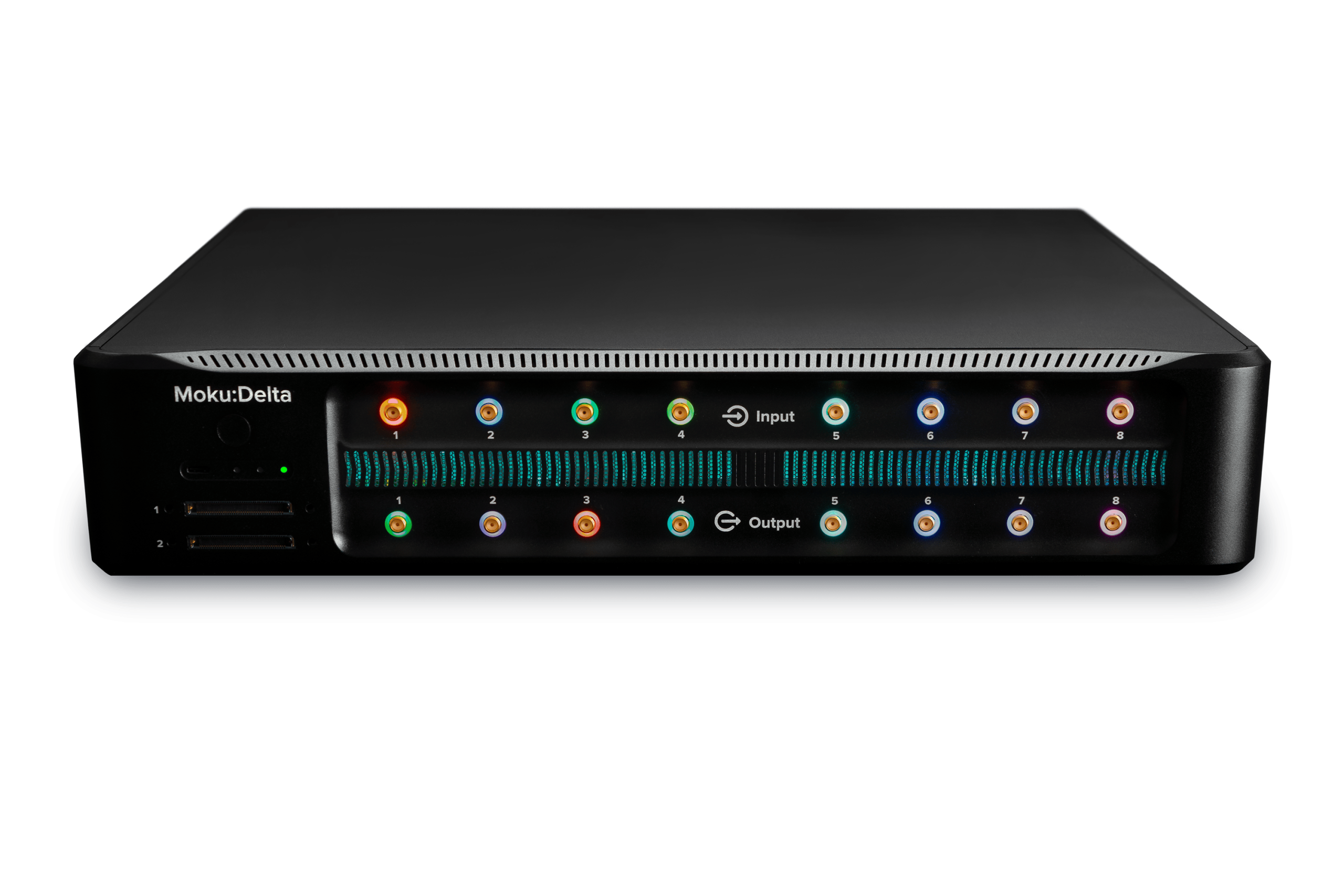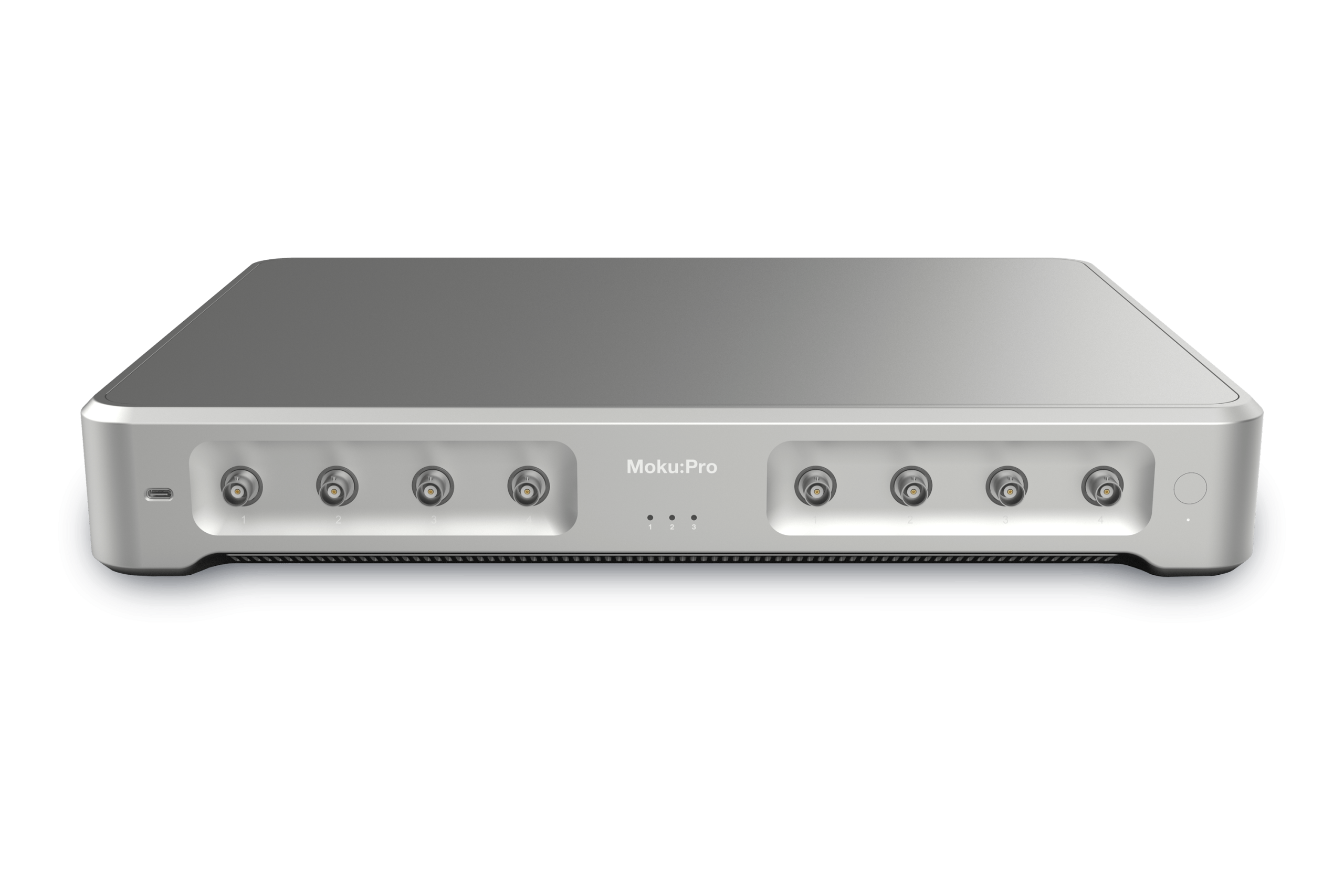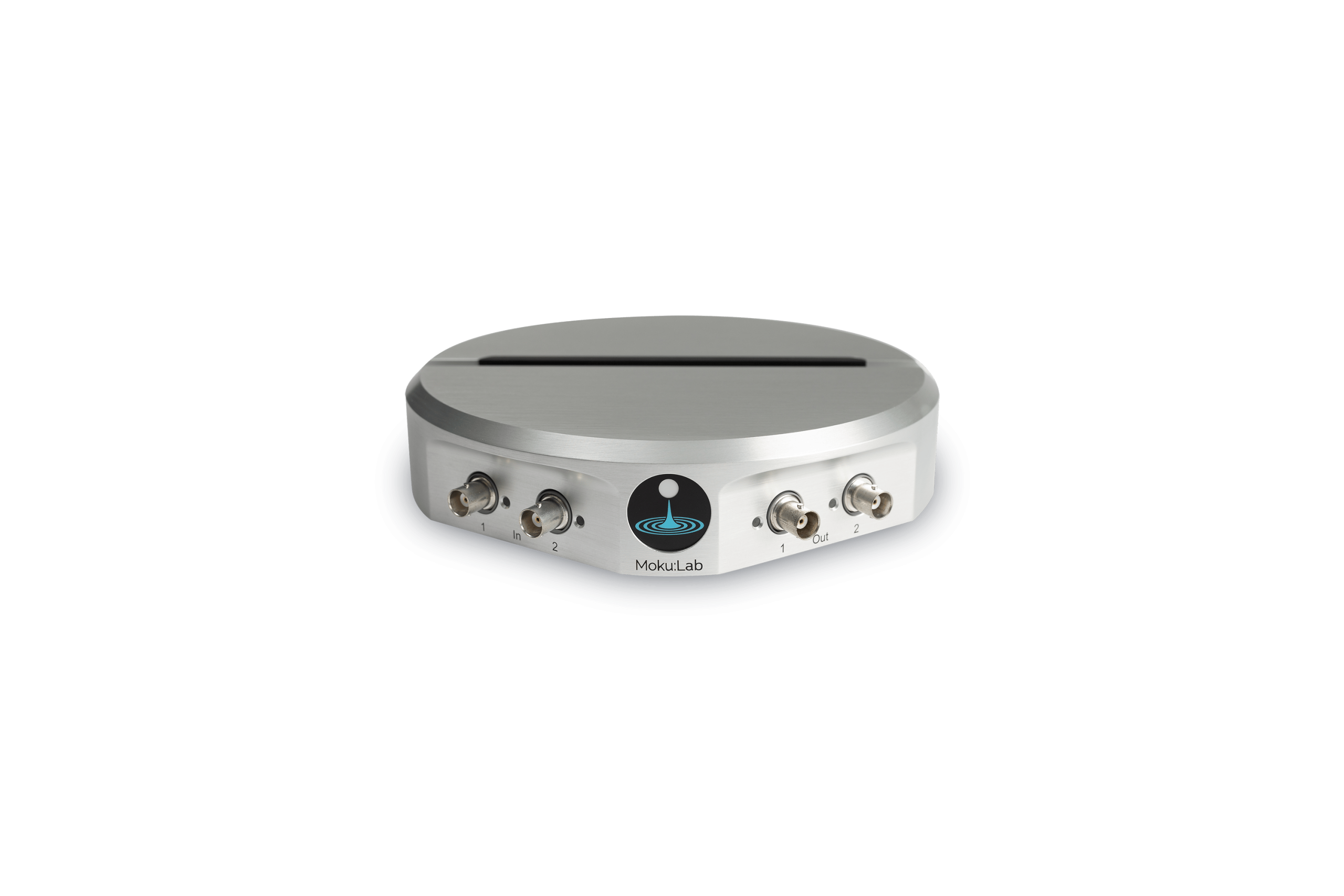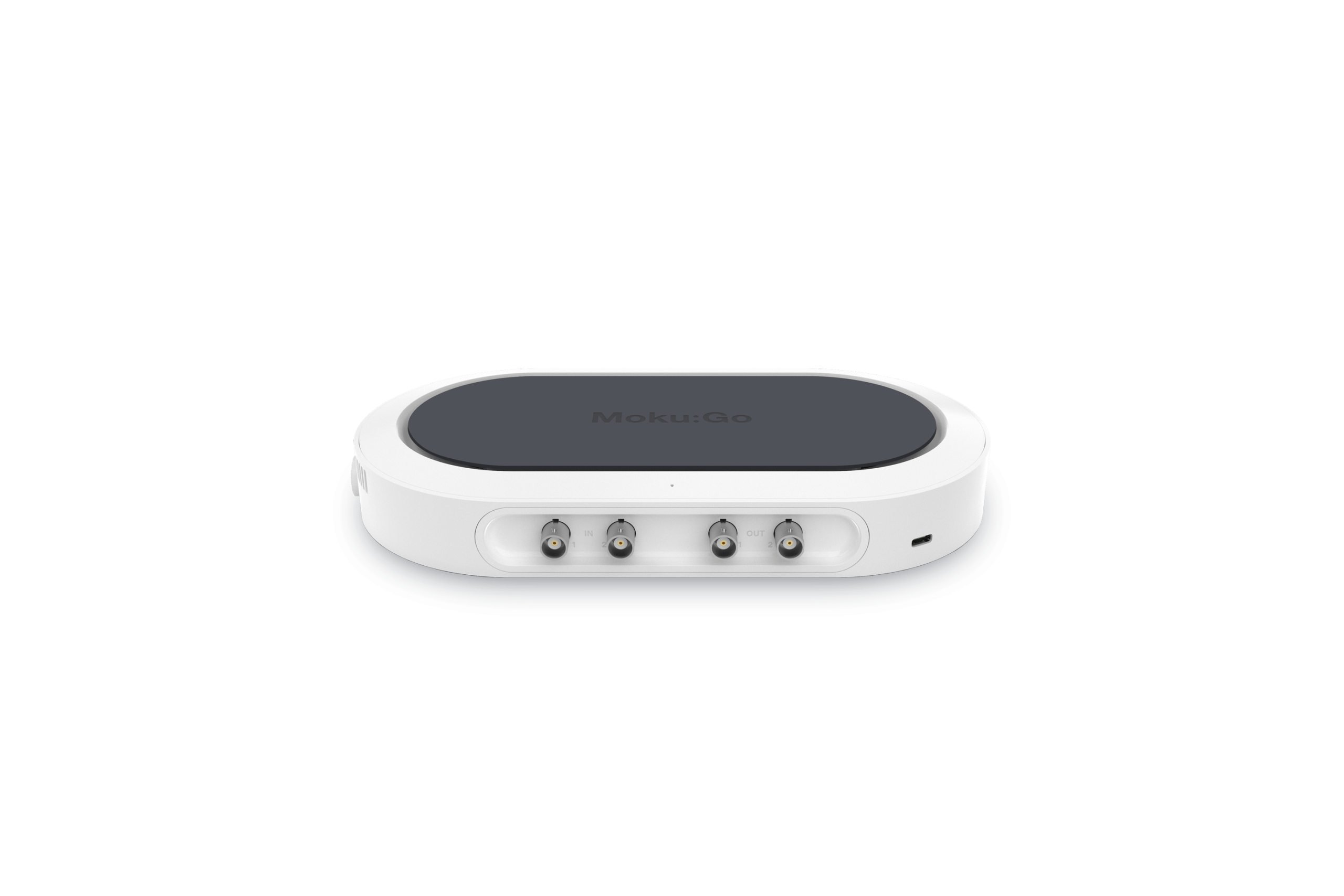Case studies

With the help of Moku:Lab, researchers from the Chinese Academy of Sciences have developed an organic photoactuator with programmable and repeatable motion
Featuring: Moku:Lab, PID Controller
Date: Sep-12-2025
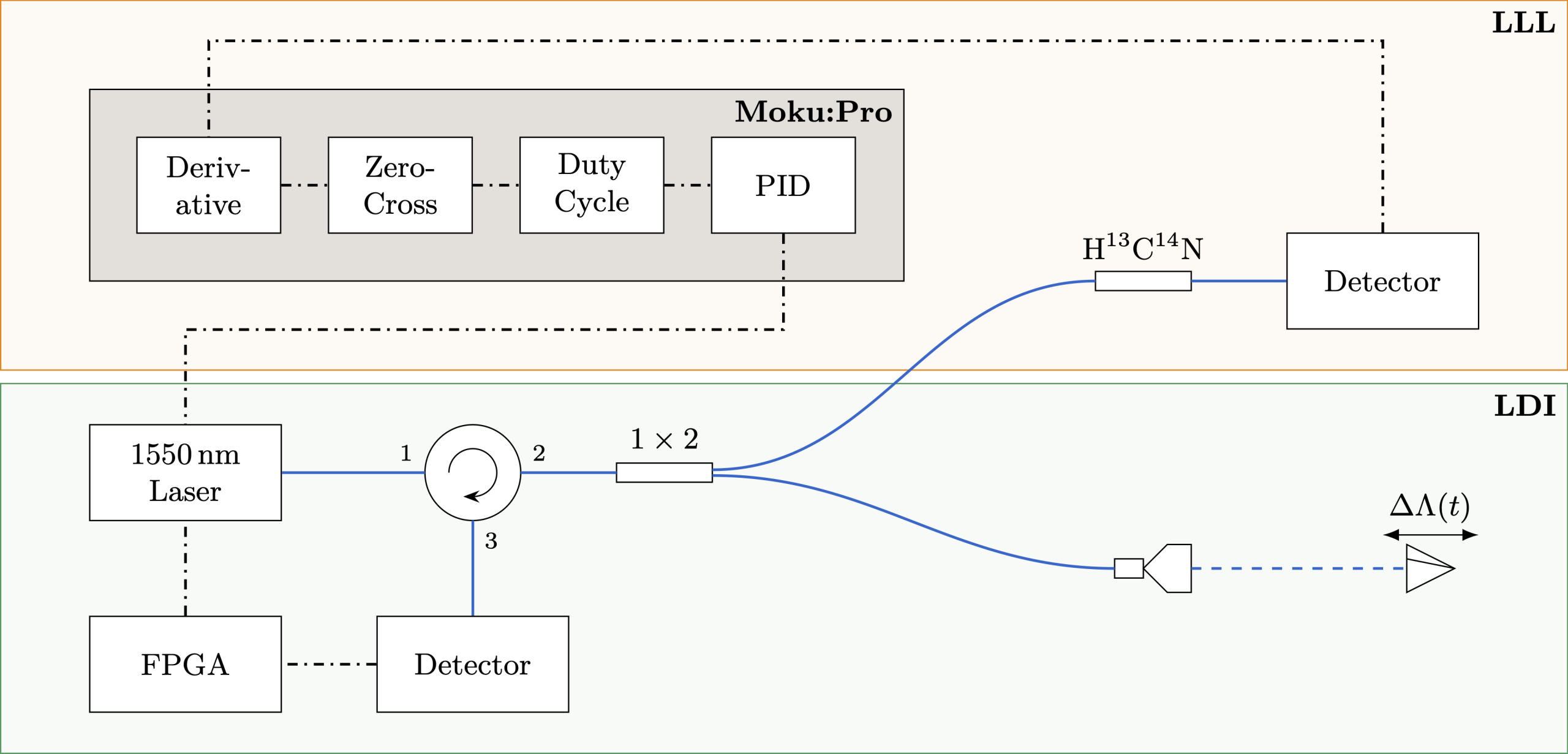
Learn how reconfigurable instrumentation is helping researchers refine laser stabilization techniques for space-based metrology
Featuring: Moku:Pro, Moku Cloud Compile, Multi-Instrument Mode, PID Controller
Date: June 25, 2025

Learn how researchers are using custom HDL code with Moku Cloud Compile to develop novel magnetic field sensing techniques
Featuring: Moku:Pro, Moku Cloud Compile
Date: June 3, 2025
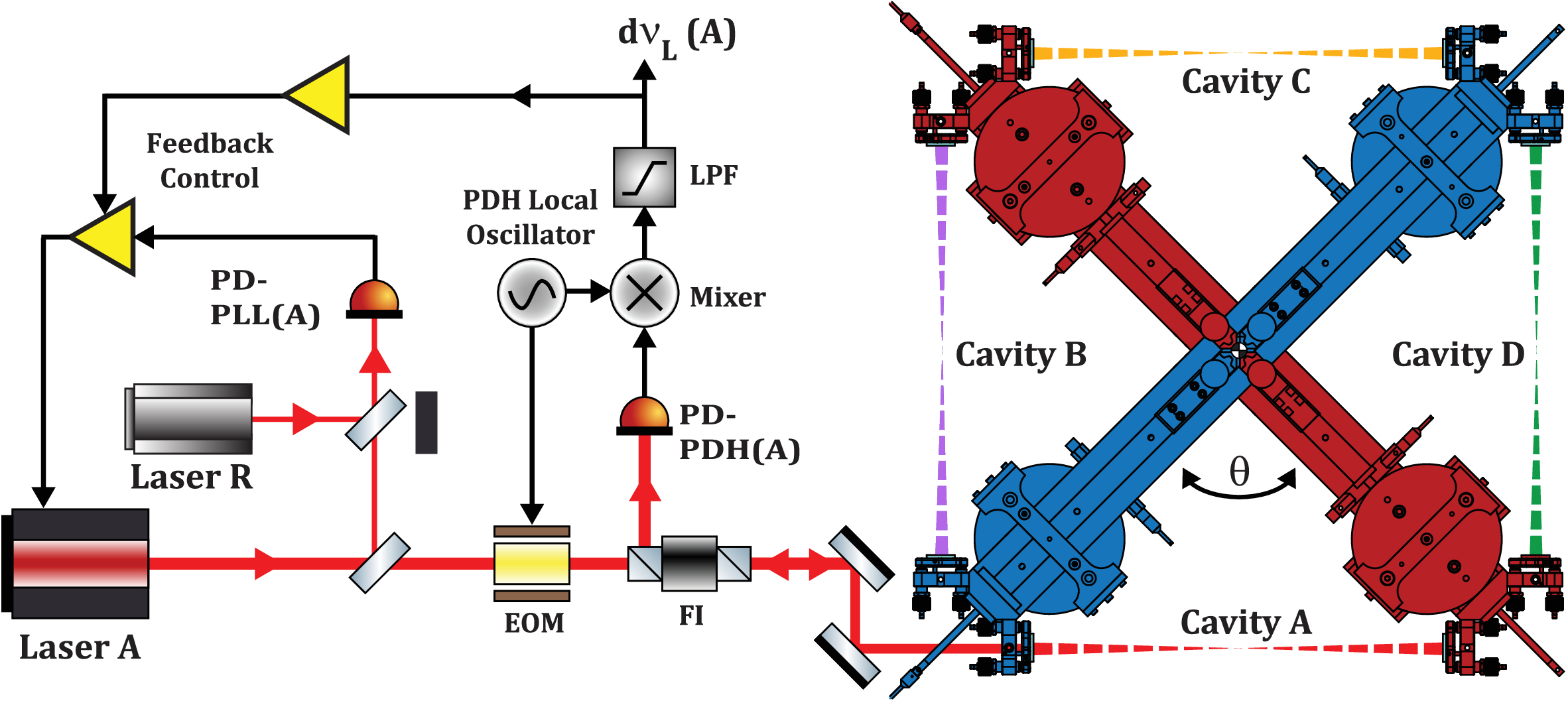
Learn how researchers achieve precision characterization of heterodyne optical phase locking with Moku:Pro.
Featuring: Moku:Pro, Laser Lock Box, Frequency Response Analyzer, Phasemeter
Date: May 9, 2025

Learn how optical atomic clock researchers at Colorado State University are using the Moku Time & Frequency analyzer to detect and compensate for excess micromotion in ion traps
Featuring: Time & Frequency Analyzer, Moku:Pro
Date: April 4, 2025

Learn how one research team is using the Moku Time & Frequency Analyzer to decode single-pixel imaging data
Featuring: Time & Frequency Analyzer, Moku:Pro
Date: February 18, 2024

Learn how researchers at Amsterdam UMC leverage the Moku Phasemeter to streamline their optical fiber measurements while reducing costs
Featuring: Phasemeter, Moku:Lab
Date: January 15, 2025
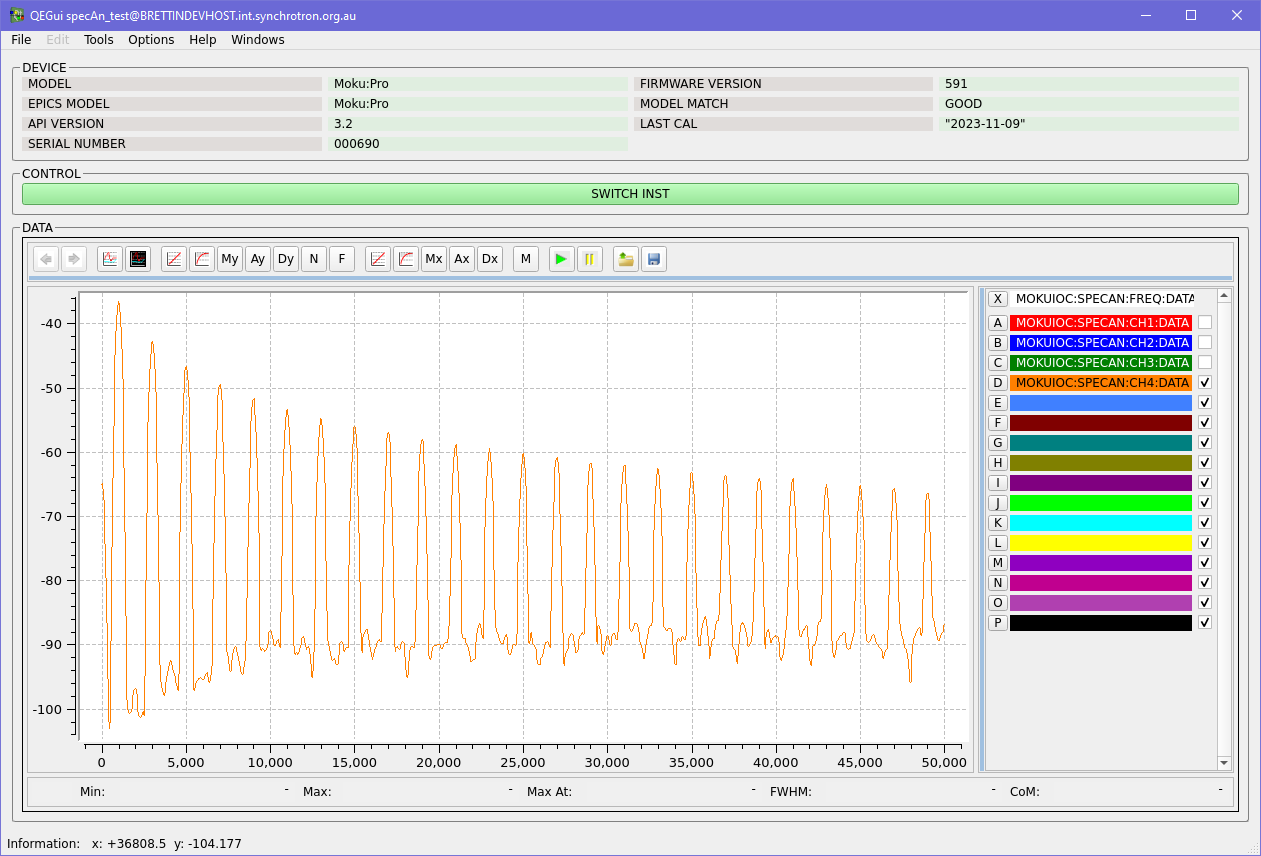
Date: January 9, 2025
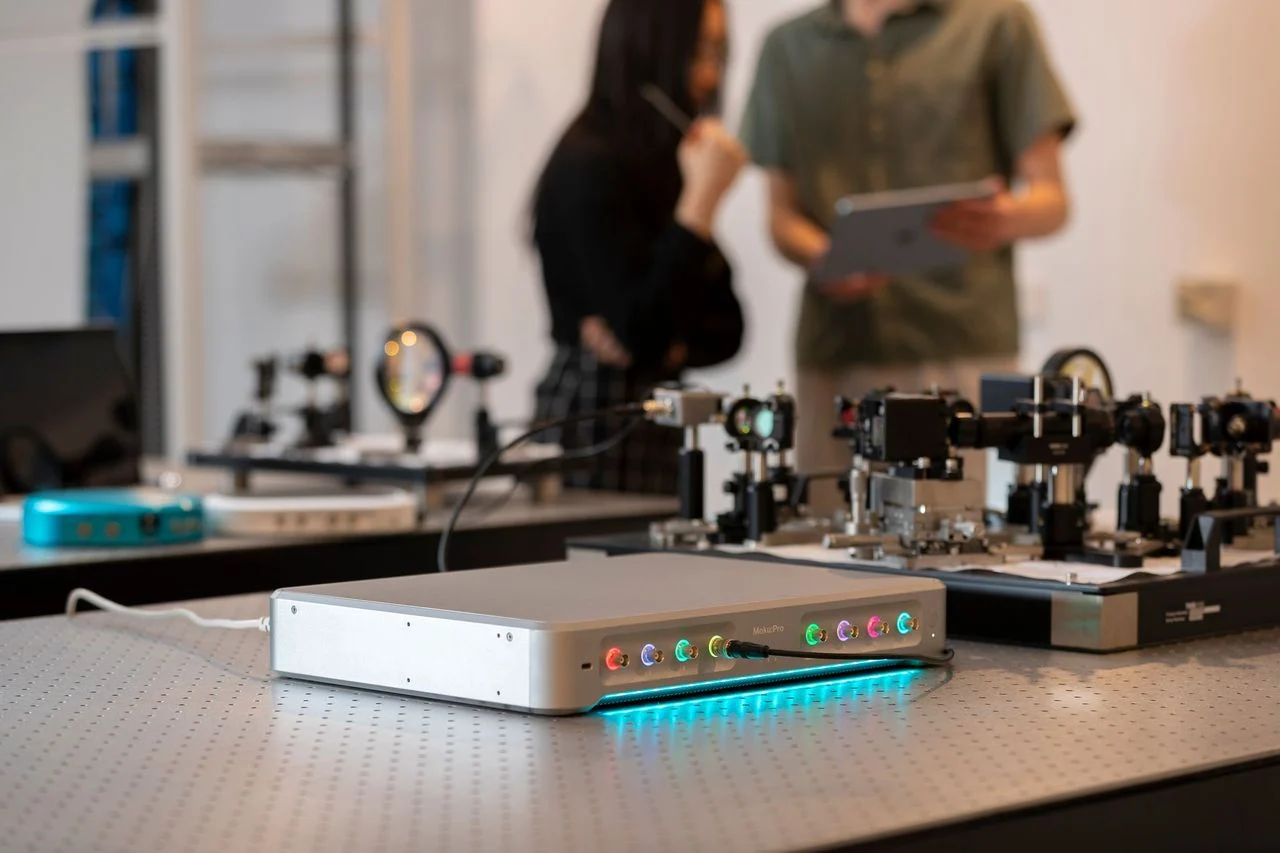
Learn how reconfigurable instrumentation has helped researchers achieve new levels of precision in coupled cavity experiments
Featuring: Moku:Pro, Moku:Go, Laser Lock Box, Oscilloscope, Arbitrary Waveform Generator, Digital Filter Box, PID Controller, Multi-Instrument Mode
Date: January 7, 2025
